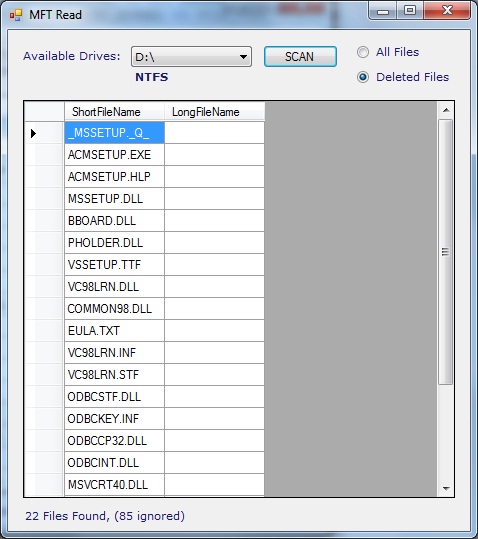

The security tab of each object will list the standard permissions, as shown in Figure 1 for a typical organizational unit (OU) within Active Directory.įigure 1: Standard permissions for an OU in Active DirectoryĪdvanced permissions are the detailed permissions that are grouped together to create the standard permissions. When you look at Registry keys, printers, and Active Directory objects, there is a totally different set of standard permissions for these objects. The other standard permissions include the following:įolders have the same standard permissions as files, except there is one additional standard permission "List Folder Contents."
#Ntfs meaning full#
Full Control allows the user that is granted this suite of permissions to do virtually anything to the object the permissions are associated with. This is what everyone wants, but in reality very few should get. The most popular and infamous standard permission is Full Control. Standard permissions are those permissions that control a broad range of detailed permissions.
#Ntfs meaning windows#
Since NTFS permissions are available on every file, folder, Registry key, printer, and Active Directory object, it is important to understand the new methods and features that are available once you have Windows 2000, Windows XP, or Windows 2003 Server installed to control resources.

The new NTFS permissions were essentially the same logical control as the older version that was available in Windows NT, however, there were some radical and essential changes that occurred to control how the permissions were inherited and configured for each file and folder.

When Microsoft released Windows 2000, they released a new version of NTFS, which was versioned 5. Even though Windows permissions have been around for a long time, I still run into seasoned network administrators that aren't aware of the new changes that came with Windows 2000 so long ago.


 0 kommentar(er)
0 kommentar(er)
